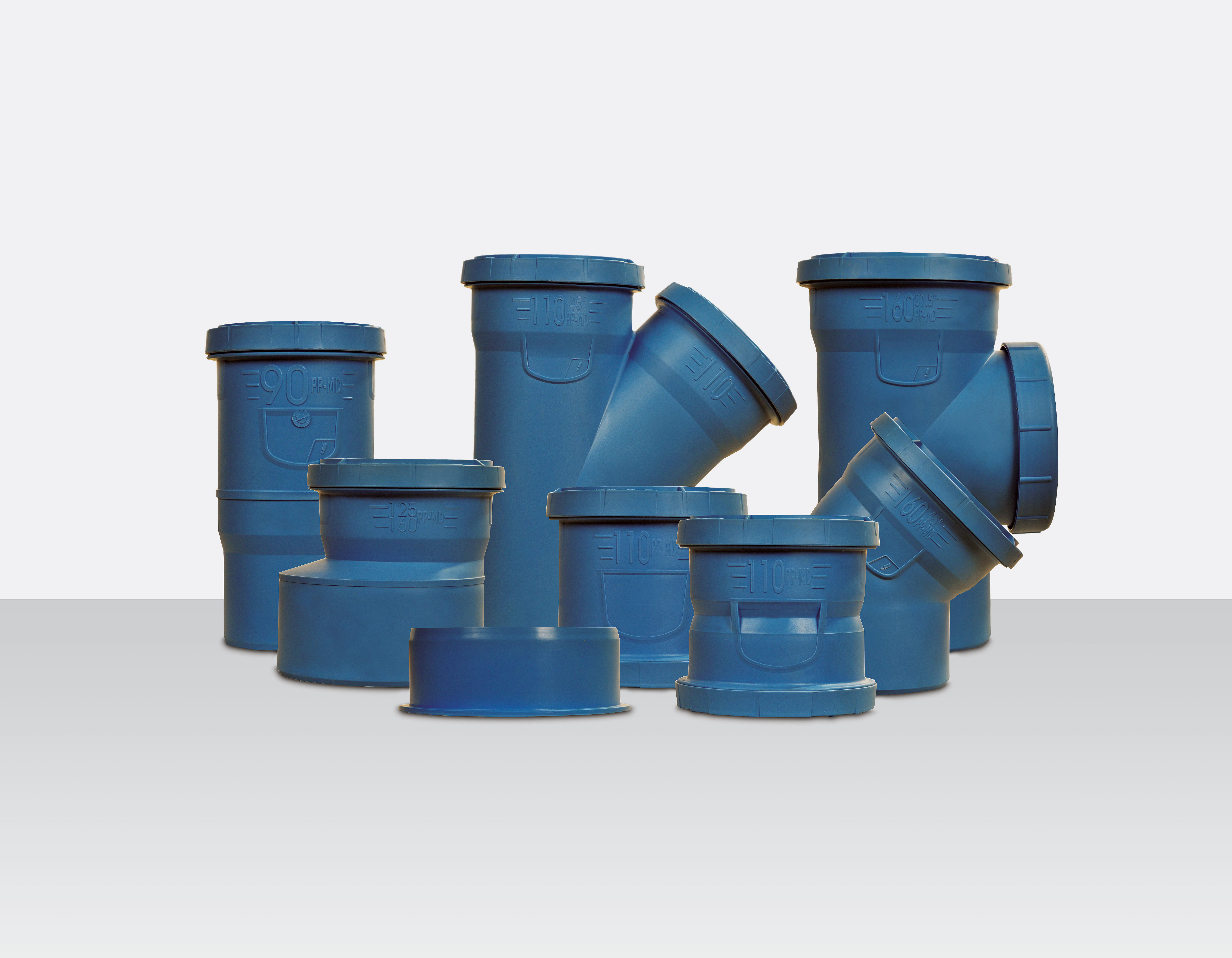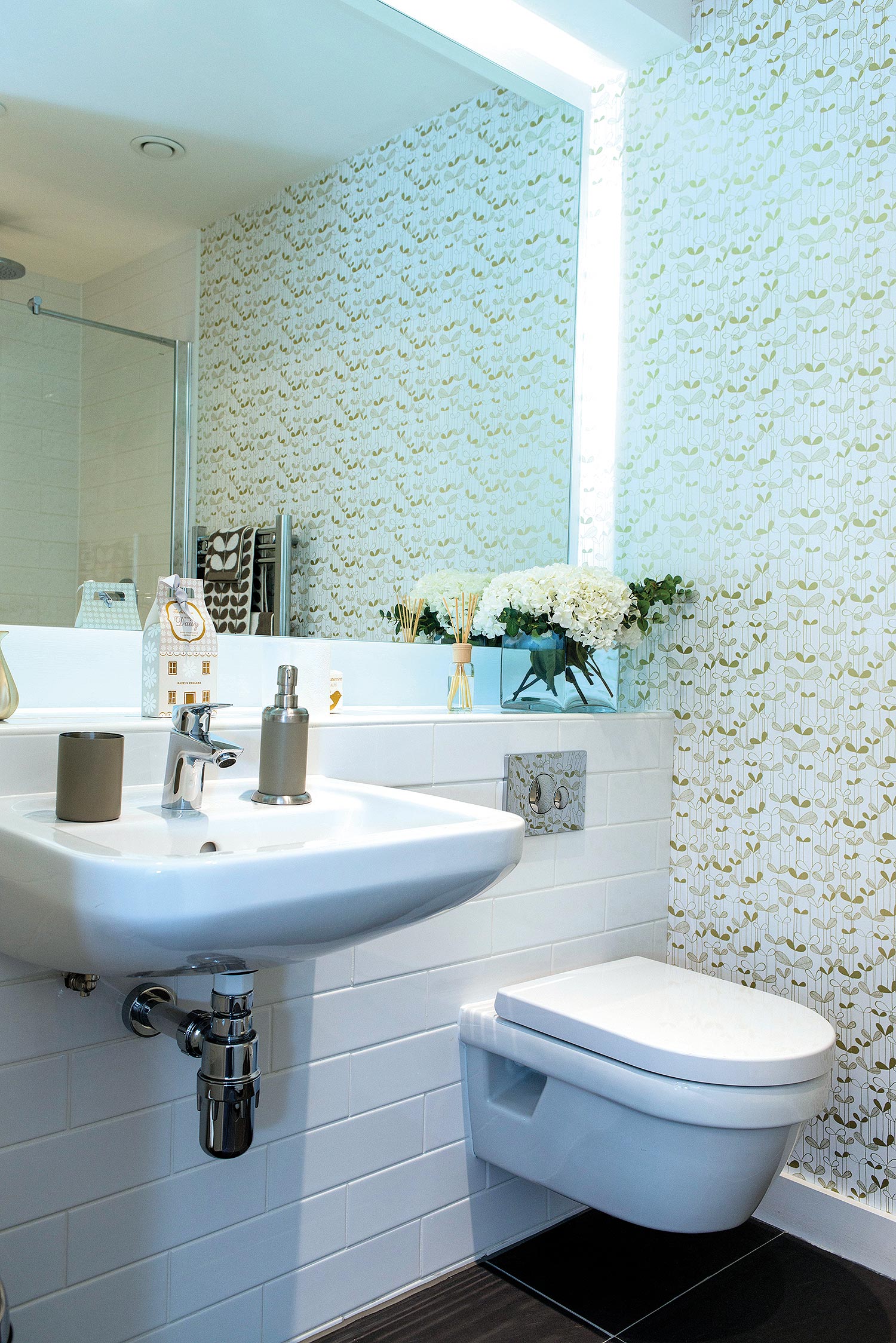
Acoustics decisions often focus on the importance of insulation but the right soil and waste drainage system can also have an impact. David Barker, Head of Category Management at Marley Plumbing & Drainage, explores the issues
THERE is much pressure on specifiers, developers and contractors to deliver buildings that provide a comfortable environment for its occupants. In residential applications, this can stem from the need to create a peaceful and welcoming space in which to live. While for workplace and office settings, specifying products with sound-deadening properties can contribute to improved productivity and concentration levels. For student accommodation, the two (living and studying) are effectively combined, making acoustics even more of a priority.
With the potential for hundreds of apartments within a student accommodation building, nuisance noise is something that has to be considered. As well as having a detrimental effect on a student’s sleep and impacting the ideal of a welcoming “home away from home”, nuisance noise could also affect their ability to focus on tasks, such as studying, during the day.
While attention will commonly be focused on wall and floor insulation as a means of minimising the transmission of sound between apartments, what about the building’s soil and waste drainage system?
When it comes to drainage, there are two types of sounds that can be generated: air-borne and structure-borne. Air-borne sound comes from the drainage system’s pipelines and is generated by waste water flowing inside. While structure-borne sound commonly comes from the pipes and fittings vibrating, with this acoustic resonance transmitted through the pipe brackets to the building’s structure and clearly audible in the neighbouring rooms. With the potential for plumbing fixtures, such as toilets and showers, to be used at all times of the day and night, especially in student accommodation, noisy pipework can present a real problem.
Fortunately, there is a solution, with some manufacturers within the plumbing sector developing purpose-designed acoustic soil drainage systems. In order to limit the audible sound of waste water flowing through the pipes, such as following the flush of a toilet, acoustic pipes will often be manufactured with a multi-layer structure, working to absorb sound waves and reflect them inwards.
What’s more, each individual pipe layer will often also have a unique function. To demonstrate, the external layer of the dBlue acoustic soil pipe from Marley Plumbing & Drainage is manufactured from polypropylene and is resistant to external tensions and atmospheric factors. The internal layer is manufactured from the same material and is resistant to temperatures of above 90°C. Finally, a middle layer is made from a modified polypropylene, which provides high stiffness and excellent noise reduction.
As well as the pipework, it’s also important to consider the system’s fixings and brackets, in order to help minimise structure-borne sound. Look for an acoustic soil system where the brackets have been designed so as to absorb the acoustic resonance/vibrations generated, such as Marley’s Phonoklip® bracket, available as part of its dBlue range. In fact, when tested according to EN 14366, Marley’s dBlue system and the Phonoklip® bracket was shown to dramatically reduce air-borne and structure-borne sound to only 10dB at a 2 l/s flowrate.
There is no question that incorporating acoustics within the design of student accommodation is essential. However, by focusing purely on the role of building insulation to create a welcoming, comfortable and undisturbed internal space, specifiers and contractors could be failing to consider other sources of nuisance noise, such as the building’s soil and waste drainage system.
